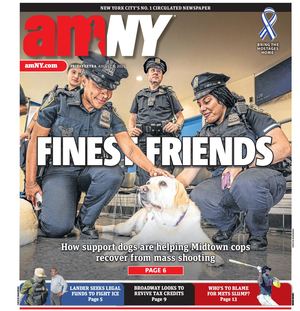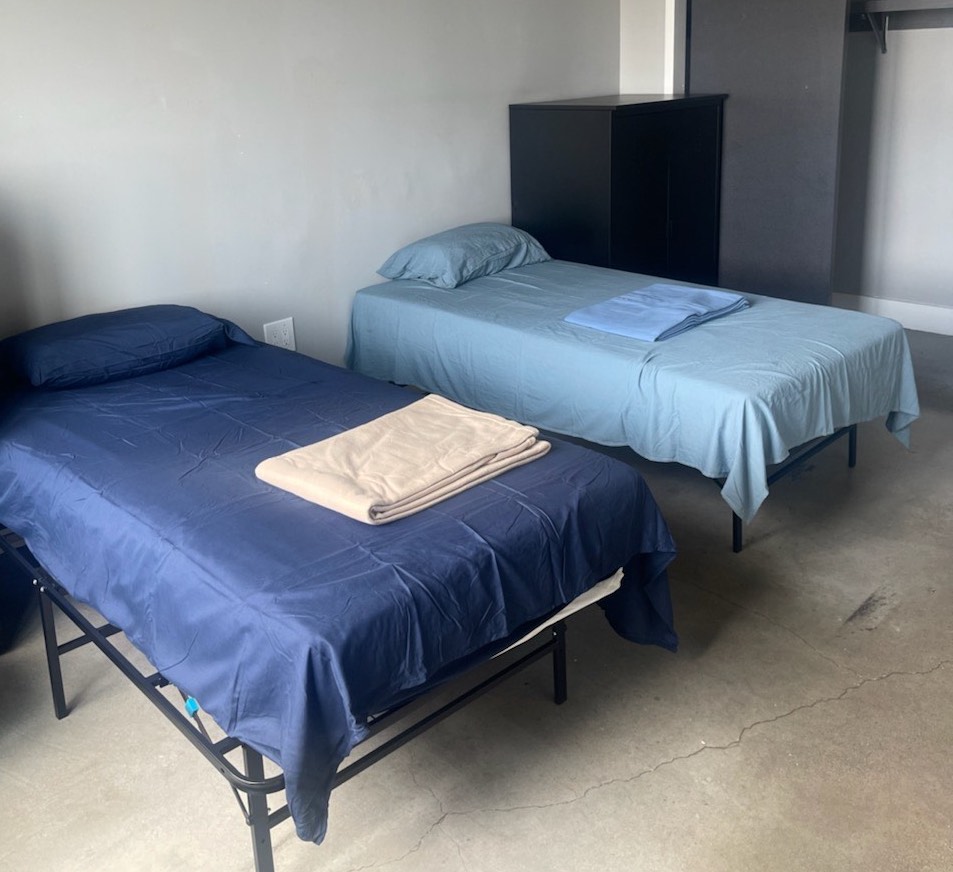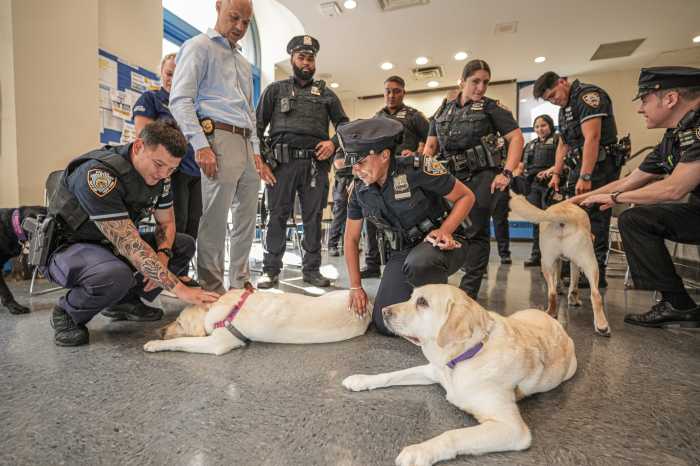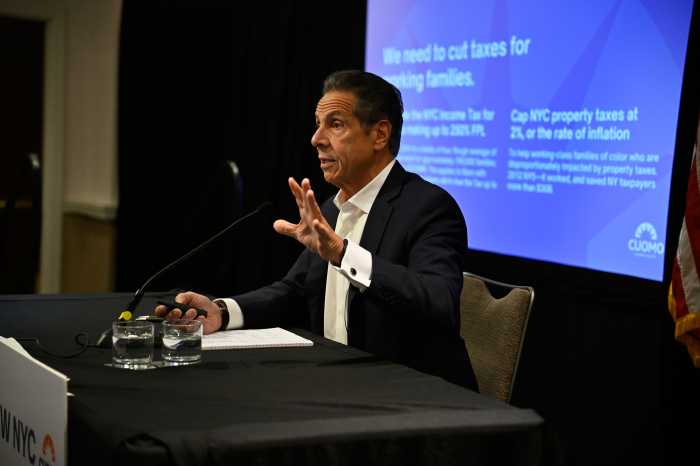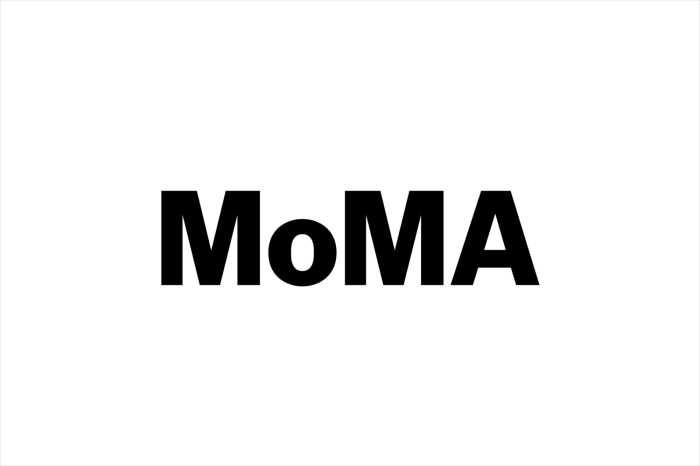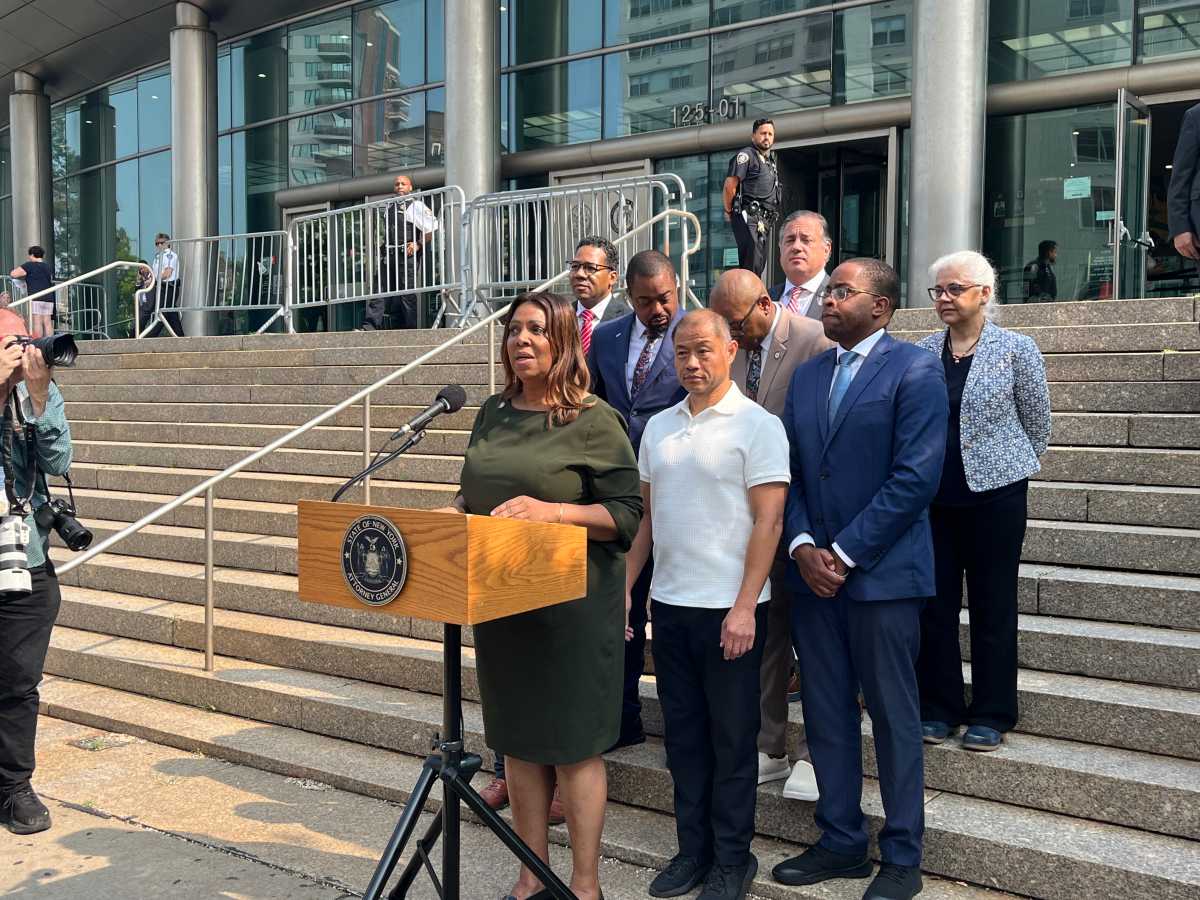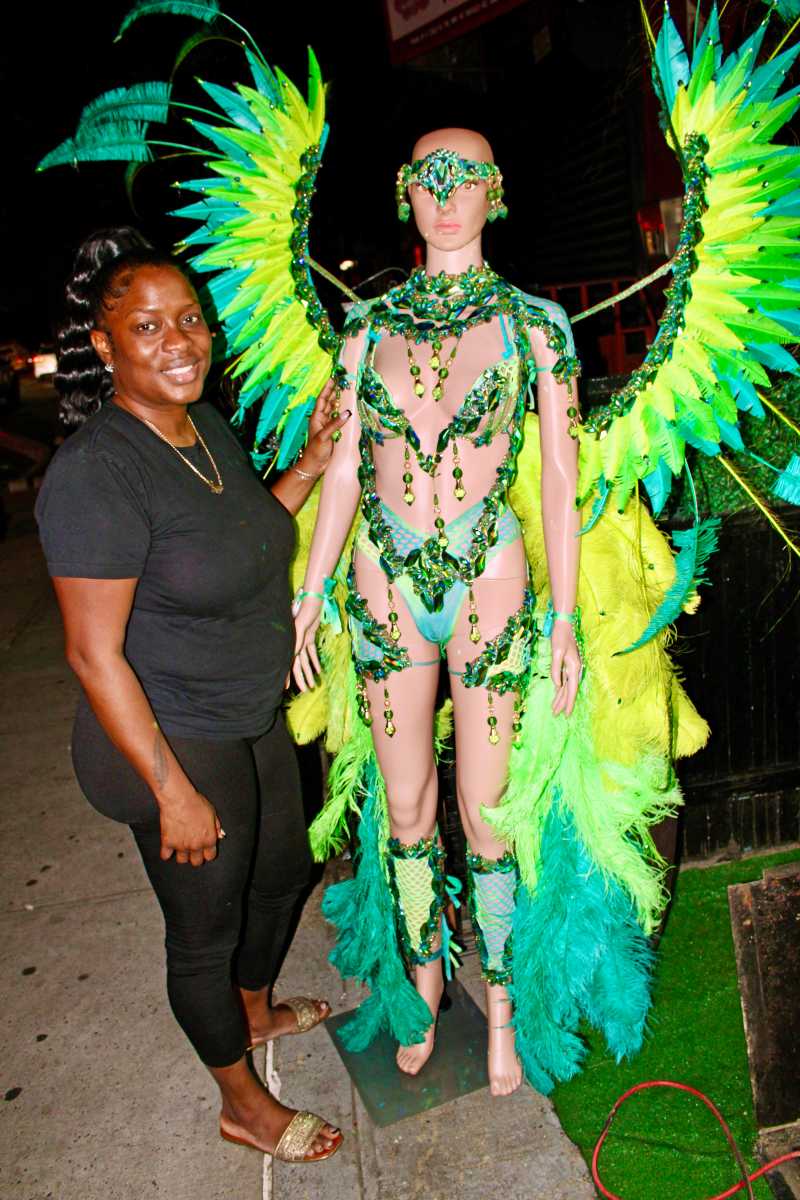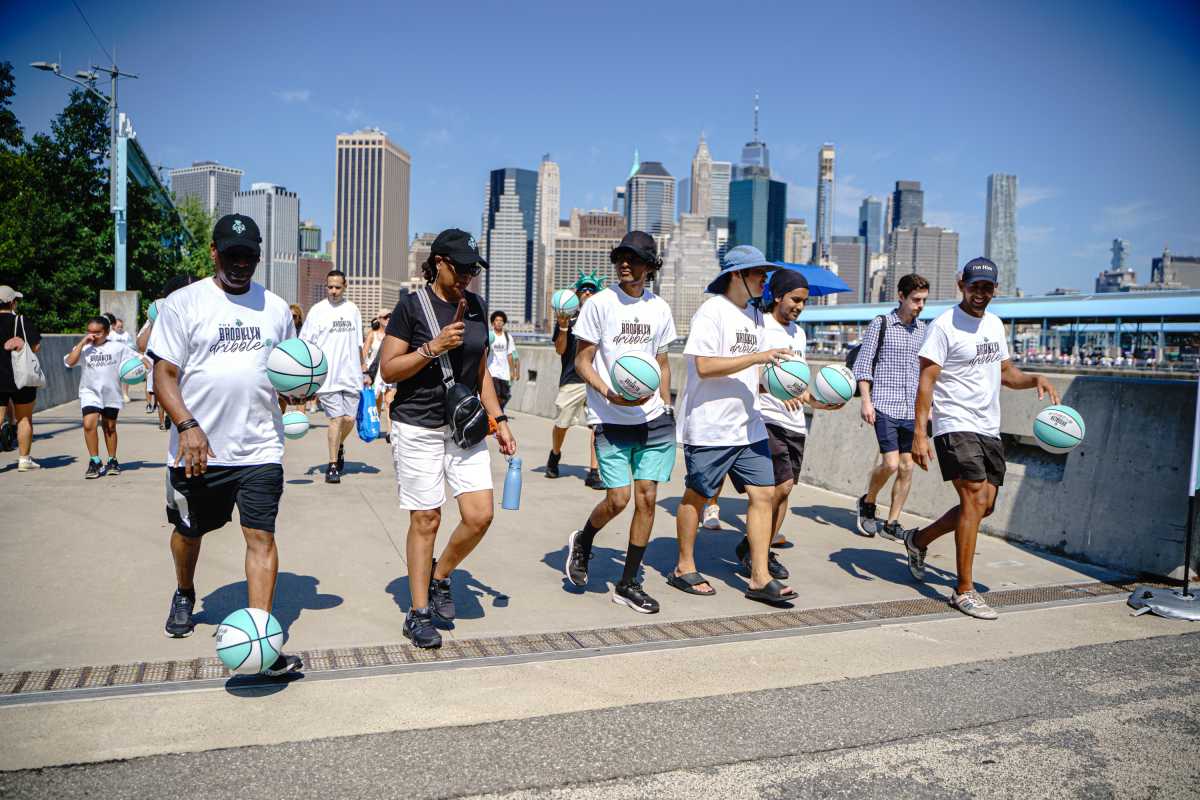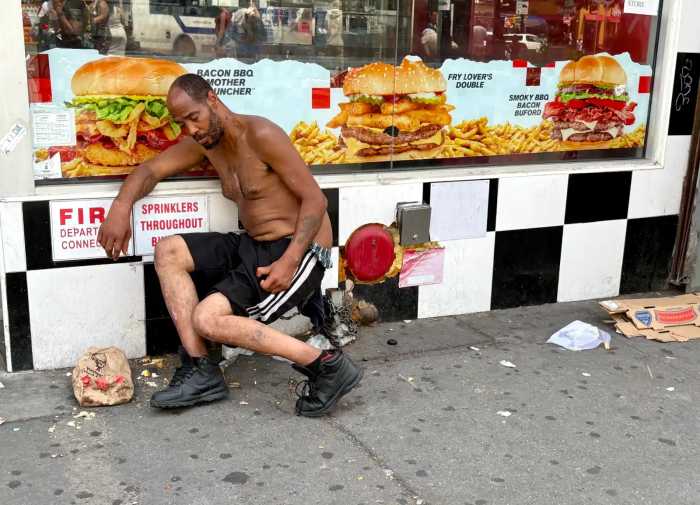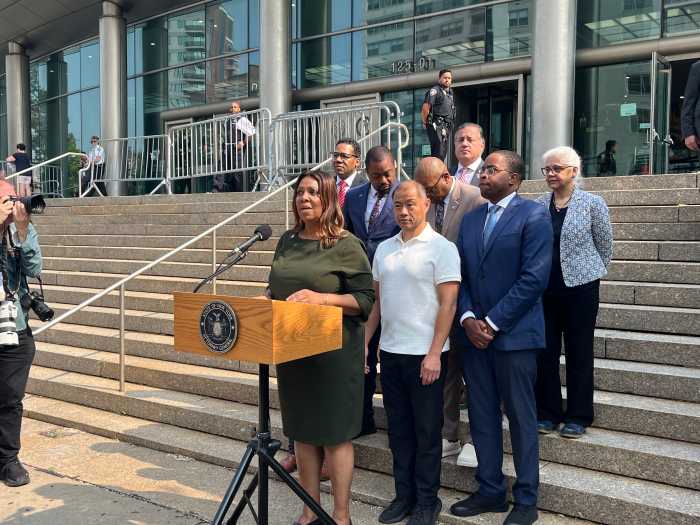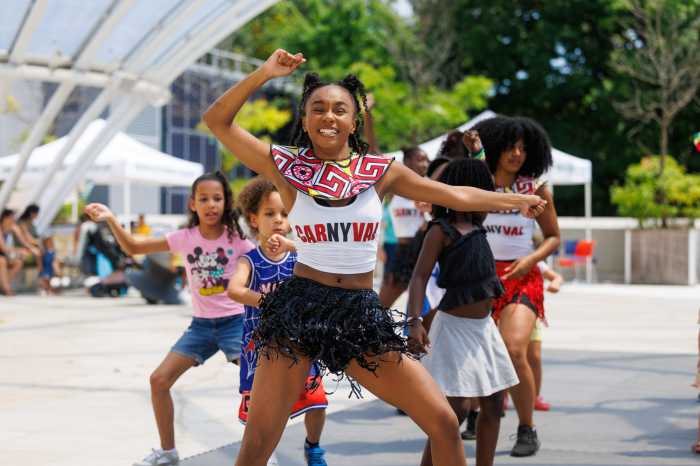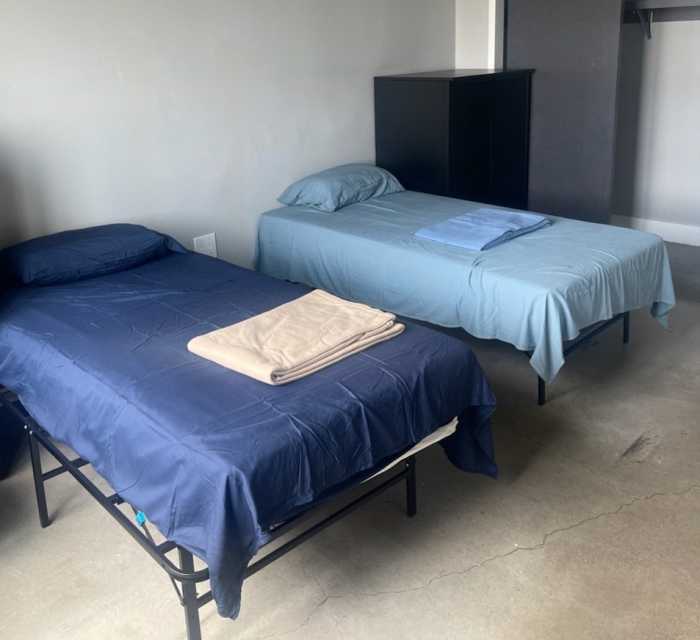BY SCOTT STIFFLER | Movements, like mankind, cannot live by bread alone. There must be some sort of luncheon meat in between — and perhaps a slice of cheese. But with the threat of eviction looming, Occupy Wall Street protesters had little time (and no remaining resources) to attend to one of life’s most basic needs. To their rescue came assistance from an unlikely, though not at all unwelcome, source: The Penn South Senior Sandwich Brigade.
Inspired by their concern for a generation far too young to have experienced firsthand the era of Vietnam and Civil Rights activism, members of the hastily formed group arrived at Zuccotti Park on the evening of Thursday, October 13. Their timing couldn’t have been better. By then, protesters had spent much of the rainswept day cleaning the disputed area and hoping for an eleventh hour reprieve from Brookfield Office Properties and the Office of the Mayor (which, to the surprise of many, came the following morning when the promised sweep of the park did not take place).
Jane Hogg, a primary organizer of the Sandwich Brigade — and its unofficial press spokesperson — traced the group’s unassuming origins to a conversation about the Occupy Wall Street movement (which took place at a Penn South Senior Center women’s discussion group). With most attendees in walkers or wheelchairs or reliant on canes, marching on Wall Street was not a practical means of expressing solidarity. “The women kept saying that we’re all part of that 99 percent,” recalls Hogg. “After all, these are seniors who live on fixed incomes. They think it’s odd that we all helped when the banks were too big to fail, that we all helped to provide the money to keep them afloat…and it’s helping to sink the 99 percent. So I suggested that we go home and make some sandwiches for these young people. They said, ‘We don’t do that. But we’d like to put some money into this.’ I was expecting one, two dollars…there were only six people in the room. Then I see two tens and a twenty on the table.”
Over the next few days, that initial donation grew to a considerably larger amount — and at that point, Hogg went grocery shopping. As for the final product, “It was either straight meat or straight cheeses, or mixtures of both. Turkey, smoked ham, salami, prosciutto. You name it, it was there. At the supermarket, they had been slicing it thin to order for me as I stood there,” recalls Hogg.
“After we collected the money,” Hogg notes, “The New York Times had a thing about the kitchen set up down there at the park.” Suddenly, the notion of distributing sandwiches lost its luster. “I thought, what a waste. It’s like taking coals to Newcastle. But in the end, we decided we’d go anyway.”
It’s a good thing they did. Hogg recalls, “We got down there at seven or eight Thursday night. It had been raining, and they’d been cleaning up the park like you couldn’t believe…with steel brushes. They swept it clean, and there was absolutely no food out anywhere.” When she asked where the kitchen was located, the protesters told Hogg they had to remove it during the packing process. It was at that point that Hogg reached into one of the heavy bags she and Nancy Spannbauer had transported on the subway ride from Penn South to Wall Street. “Each one of those bags probably weighed 50 pounds,” Hogg said. “There were literally hundreds of sandwiches. Mouths filled and eyes lit up. That’s the reaction of someone who’s been working all day and hasn’t had time to eat.”
For Ruth Barth, that gesture of giving was an important way to help a cause she supports in spirit: “We would have liked to have been there and marched,” she said. “It’s not fair that there are such a small percentage of people who are rich and so many who work and save are not even able to make it in today’s world. I hope these protests will lead to better times for them. They need to eat, sleep and bathe. I’m glad to help in any way I can.” Barbara Nazimova, a member of the discussion group where the idea for the Sandwich Brigade first took root, told Hogg, “I remember many of the Vietnam protests. I was too busy taking care of my young children to participate, but the Wall Street protesters remind me of them.”
Asked to assess both the cause and its chance of success, sandwich maker Miriam Tenne observed, “Many things influence government. Civil Rights protests were effective and so were Vietnam protests. I believe this too will make a difference.” Shirley Capich (one of the women’s discussion group members) said, “The Civil Rights marches were effective, and I think the Wall Street protests can go the same way.” Hogg assesses current efforts by noting the cultural and political shift achieved by previous generations: “Big decisions come out of what seems like a small thing to start with. When you protest, the snowball keeps growing. It brings about change.” At least for one night, that change didn’t have to happen on an empty stomach.
